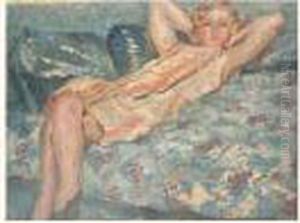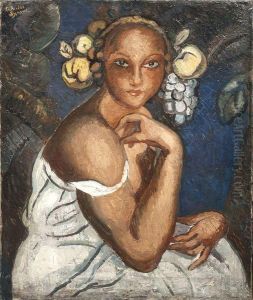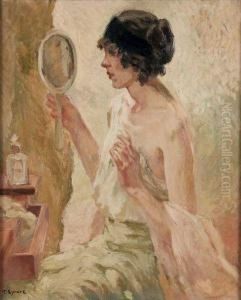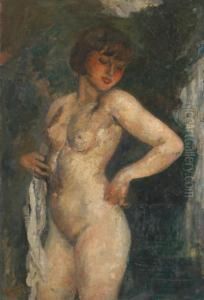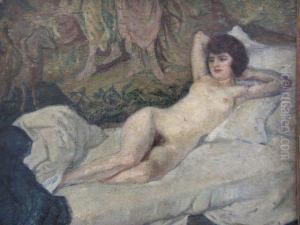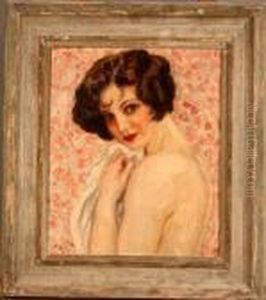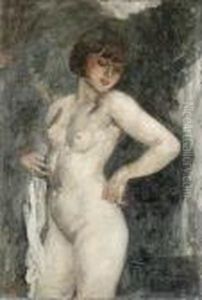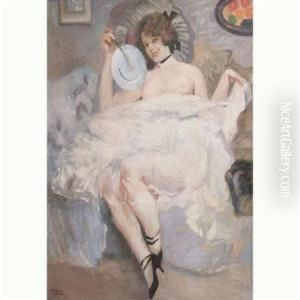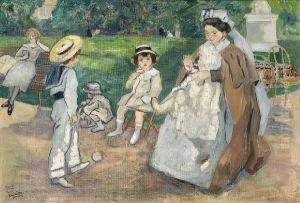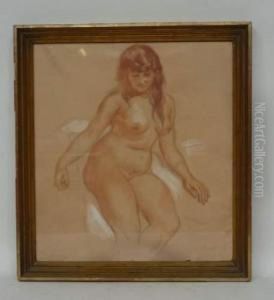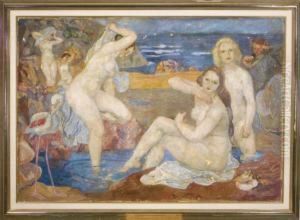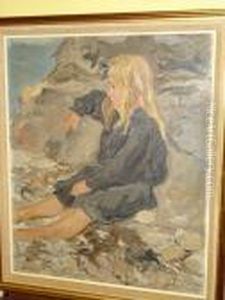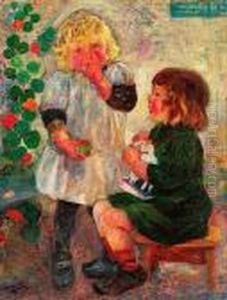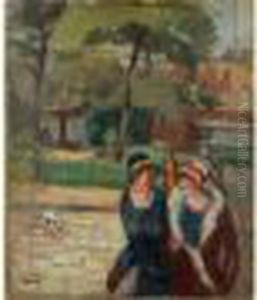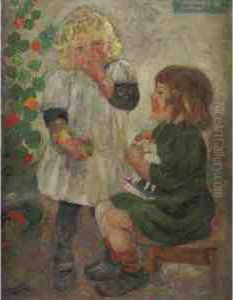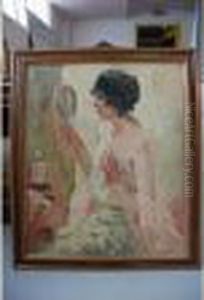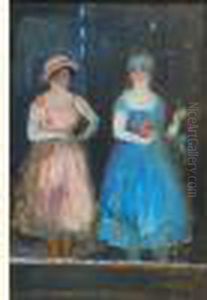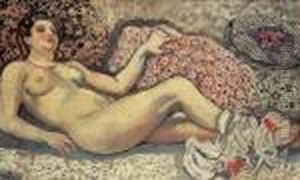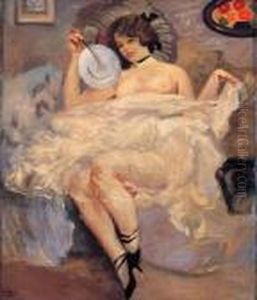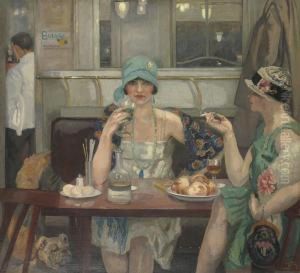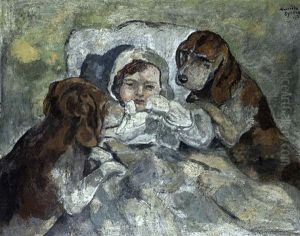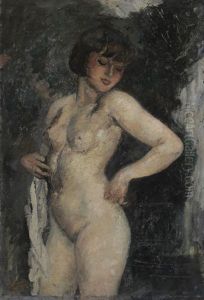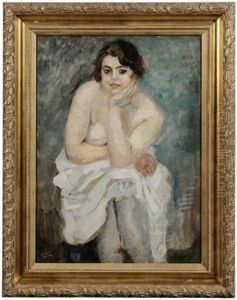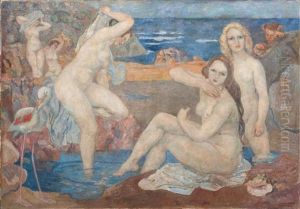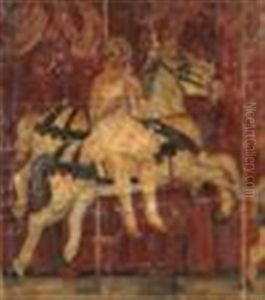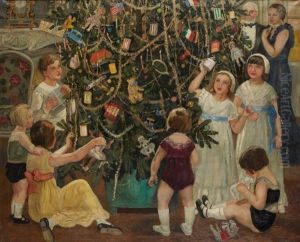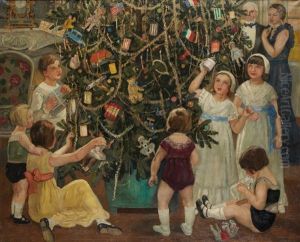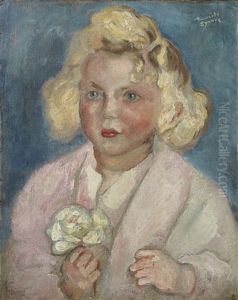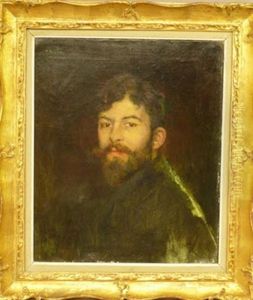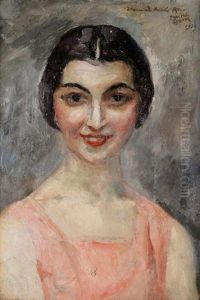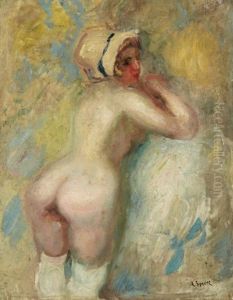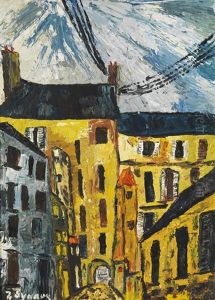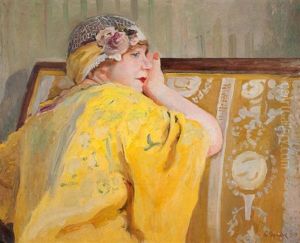Tancrede Synave Paintings
Tancrede Synave was a French artist known for his portrait paintings. Born on June 26, 1865, in Metz, which at the time was part of the German Empire, he became an influential figure in the French painting scene at the turn of the century. Synave's work is characterized by his skillful depiction of his subjects, often imbuing them with a sense of elegance and sophistication that was highly sought after by the upper echelons of society during the Belle Époque.
Synave studied at the École des Beaux-Arts in Paris, where he honed his craft under the tutelage of established painters such as Alexandre Cabanel and William-Adolphe Bouguereau, both of whom were prominent figures in the academic art world. His classical training provided him with a solid foundation in techniques that were essential for portrait painting, such as a precise understanding of anatomy, a mastery of light and shadow, and the ability to capture the psychological depth of his subjects.
Throughout his career, Synave exhibited his work at various salons and received recognition and accolades for his portraits. His clientele included the French bourgeoisie and aristocracy, who appreciated his ability to render their likeness with both accuracy and artistry. Synave's portraits are often noted for their rich color palette, meticulous detail, and the lifelike representation of fabrics and materials, which add to the overall opulence of his compositions.
Unfortunately, while Synave enjoyed a degree of success during his lifetime, he did not achieve the same lasting fame as some of his contemporaries. His traditional style was eventually overshadowed by the emergence of modern art movements such as Impressionism and Cubism. Nevertheless, his work provides valuable insight into the conventions and aesthetics of portrait painting during the late 19th and early 20th centuries.
Tancrede Synave passed away on February 2, 1943, in Paris. Despite the relative obscurity of his name today, his paintings can be found in private collections and occasionally appear at auction, where they continue to be appreciated by connoisseurs of classical French portraiture.
